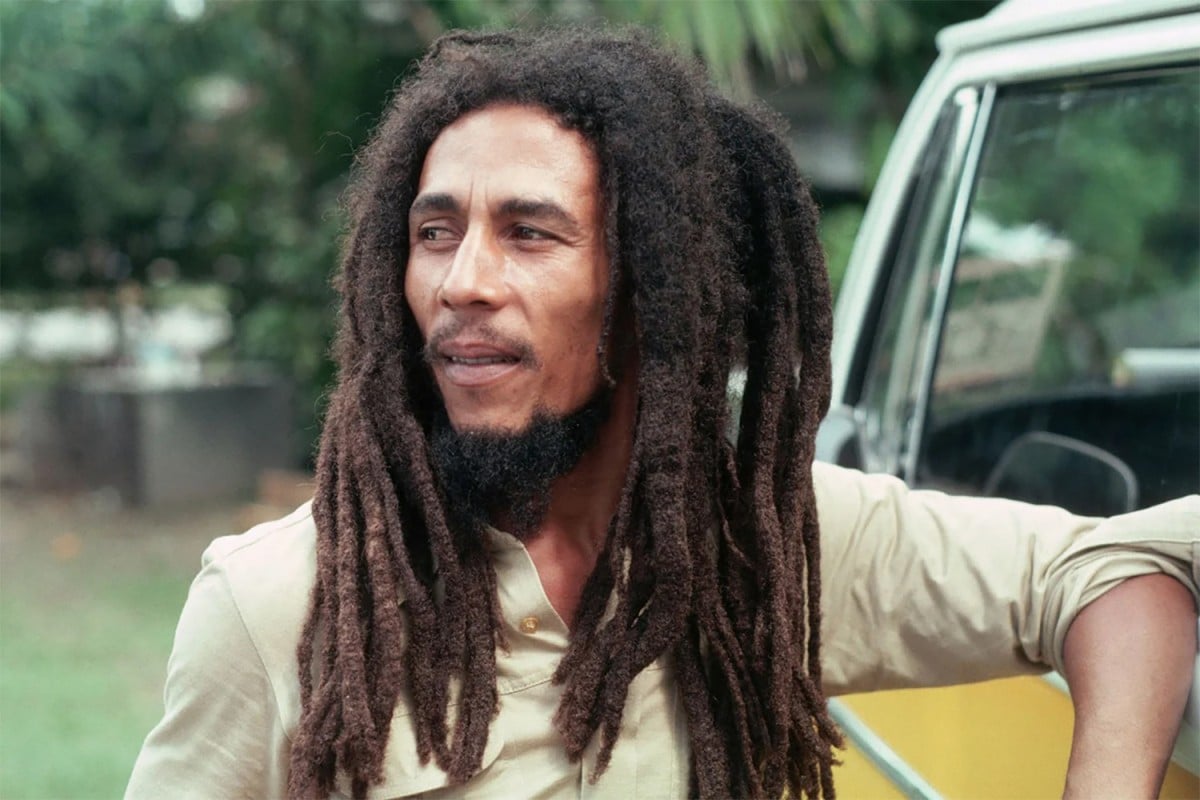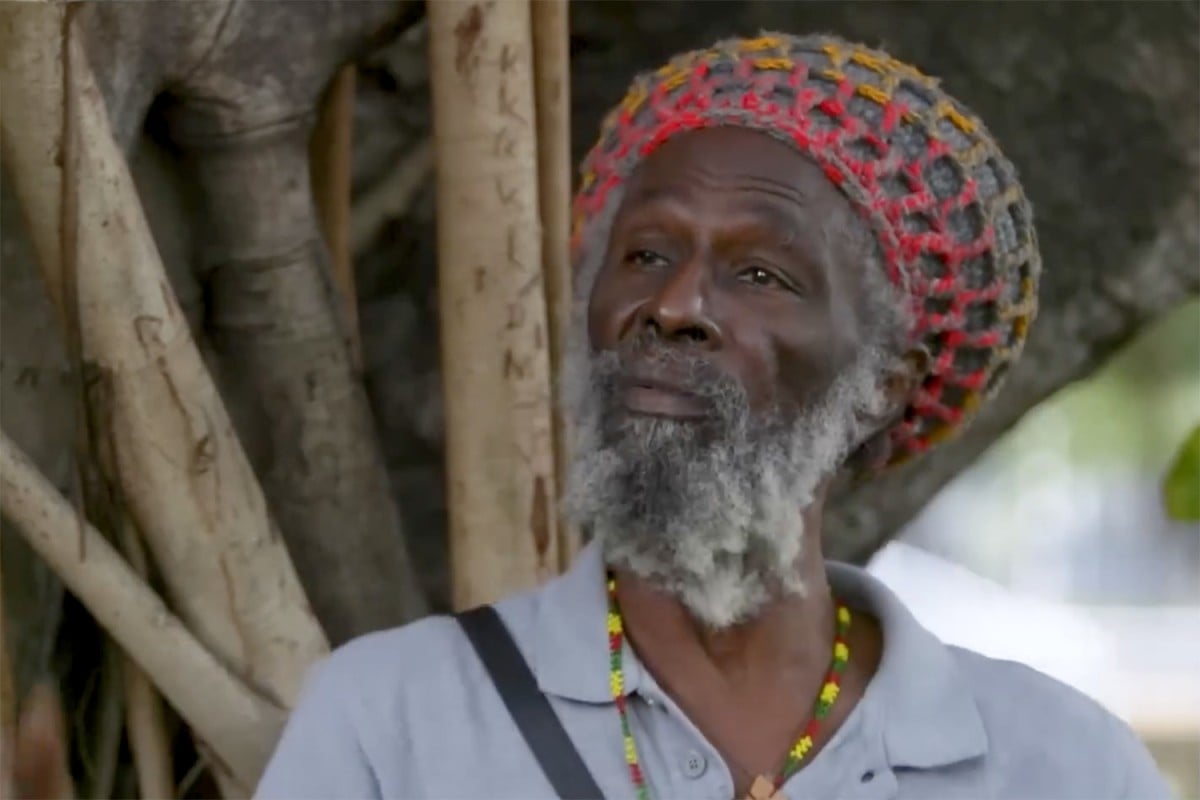The Story Behind The Song: How Anthony ‘Sangie’ Davis Wrote Bob Marley’s ‘Wake Up And Live’

Anthony “Sangie” Davis, a songwriter, producer, and close friend of Bob Marley, recently shared how he composed the lyrics for Wake Up and Live, the closing track on the late Reggae icon’s Survival (1979) album.
It was April 1978, two years after Marley’s self-imposed exile following an assassination attempt. He had returned to Jamaica for the historic One Love Peace Concert and immediately sought out Sangie.
“One morning early – one Sunday morning bout 5 o clock – him come di Thursday – di Sunday morning him come an mi hear somebaddy outta mi gate; a nuh even me hear him, a my baby mother hear him and shi seh ‘Sangie Sangie, Bob outside deh,’” he recalled in an interview with The Lion’s Voice Network.
Sangie, facing financial hardship at the time, had just received his driver’s license and was hoping to secure a job as a chauffeur. “..at di time, when him come enuh, mi have couple children well enuh. Pare sufferin a gwaan; mi naw no money,” he explained. “Suh when him (Bob) come inna di morning now, an mi hear seh a him, mi jump up fast… so mi jump up and go outside, an when him si mi di first thing him seh to mi enuh: ‘God is so good to mi.’”
“Him seh ‘whappen, yuh nuh get yuh license yet?’”
Sangie said that after responding in the affirmative, the Small Axe singer told him to take the wheels of his yellow Volkswagen bus. “So him just move from round the steering wheel and just seh ‘you drive’,” he reminisced.

Sangie said that there were a lot of road works taking place on several thoroughfares in Kingston at the time, including sections of Washington Boulevard, Constant Spring, and the Grants Pen area, and, as a consequence, numerous signs were placed in those areas, which he used as metaphors in the song, likening them to the “trials of life.”
“And as mi touch the boulevard, di road dig up an di whole heap a sign deh pon di road: ‘detour’, ‘keep left”. Suh a deh suh di inspiration come enuh: ‘Life is one big road with lots of signs, suh when yuh riding through the ruts, don’t you complicate yuh mind,’” he explained.
He shared the nascent lyrics with Marley, who encouraged him to continue, recognizing the song’s potential. “An mi just start, an Bob seh ‘wha dat? Is a song yuh a write?’ An mi seh ‘yeh man’. Him seh ‘as yuh done dah song deh, mi a guh sing it.’”
The journey continued, with Sangie adding the powerful lines “Rise, ye mighty people, There’s work to be done, Let’s do it little by little,” reflecting the Rastafarian philosophy of perseverance. “Suh mi a drive a gwaan, a drive a gwaan,” Sangie said.
As they approached the Ferry, a sign advertising Andrews Liver Salt caught Sangie’s eye: “Wake up and live. Drink Andrews liver salt.” The title was born, perfectly capturing the song’s message of awakening and seizing the day.
Added Sangie: “Den now, choo him (Bob) come wake mi up now, it jus fit een. Suh mi jus seh ‘wake up and live now,” he sang.
“Caw Bob Marley come enuh, suh is like mi financial problem look like it out fi solve. Suh mi just put dat (line) inna it. Yuh si by di time mi reach a Guinness factory, mi done write wake up and live aready.”
While Wake Up and Live stands as a testament to their synergy, Sangie previously revealed that it wasn’t their only collaboration.
He and Marley worked on three other songs – Babylon Feel This One, She Used to Call Me Dada , and Jingling Keys (with Sangie’s vocals) – recorded as demos by The Twelve Tribes Of Israel Band but never officially released.
According to Bob Marley’s official website, the 10-track Survival album, which has Wake Up and Live as the last song, contains what is considered The Gong’s “most defiant and politically charged statement to date.”
“Survival concerns itself with the expressed solidarity of not only Africa, but of humanity at large. The album was controversial right down to the jacket, which contains a crude schematic of the stowage compartment of a typical transatlantic slave ship,” it noted.
The album’s A-side contains So Much Trouble In The World, Zimbabwe, Top Rankin’, Babylon System and the title track, Survival, while the B-side consists of Africa Unite, One Drop, Ride Natty Ride, Ambush In The Night and Wake Up and Live.
Survival, which reached No. 20 on the UK Albums chart, is currently certified Silver in the country for selling 60,000 units.

